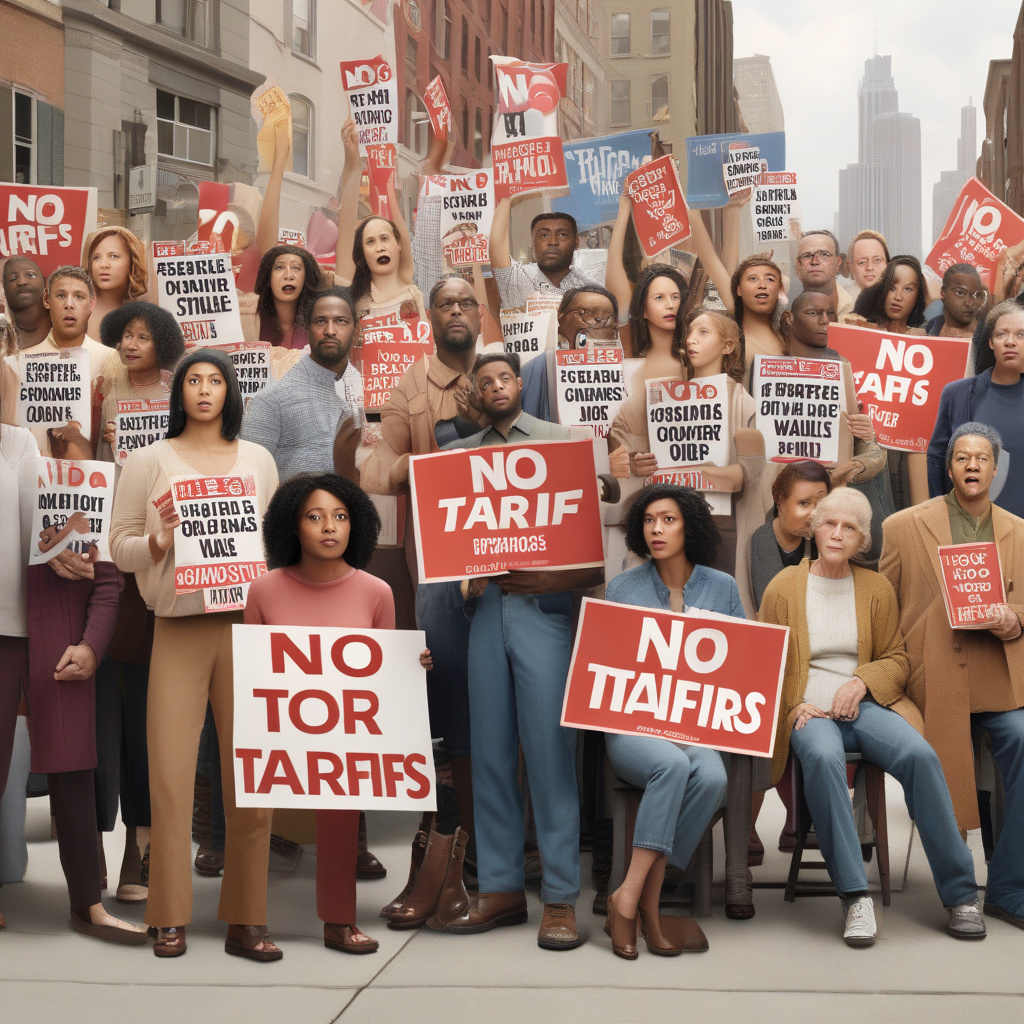The Impact of Consumer Opposition to Tariffs on Retailers
In a recent study conducted by a leading market research firm, it was revealed that nearly half of consumers are opposed to tariffs imposed on imported goods. This significant finding has sparked discussions within the retail industry about the potential implications and challenges that retailers may face as a result of consumer sentiment towards tariffs.
Tariffs, which are taxes imposed on imported goods and services, have been a hot topic in recent years due to the ongoing trade tensions between major economies. While the primary aim of tariffs is to protect domestic industries and create a level playing field for local businesses, the negative impact on consumers cannot be overlooked.
One of the key reasons behind consumer opposition to tariffs is the potential increase in prices of imported goods. With tariffs in place, retailers may be forced to pass on the additional costs to consumers, leading to higher prices for products ranging from electronics to clothing. This, in turn, could result in reduced purchasing power for consumers and a shift in buying behavior.
For retailers, navigating the challenges posed by consumer opposition to tariffs requires a strategic approach. One potential solution is to diversify the sourcing of products to minimize the reliance on imports from countries affected by tariffs. By exploring alternative sourcing options, such as local suppliers or countries not subject to tariffs, retailers can mitigate the impact of price increases on consumers.
Another strategy for retailers is to enhance communication and transparency with consumers regarding the impact of tariffs on pricing. By proactively informing customers about the reasons behind price adjustments and highlighting efforts to minimize cost increases, retailers can build trust and loyalty among consumers.
Moreover, retailers can leverage digital marketing and e-commerce channels to offset the impact of tariffs on traditional brick-and-mortar stores. By optimizing online platforms and implementing targeted digital marketing campaigns, retailers can reach a wider audience and drive sales despite potential challenges arising from tariffs.
A notable example of a retailer successfully navigating consumer opposition to tariffs is Best Buy. In response to tariffs imposed on Chinese goods, Best Buy proactively diversified its sourcing strategy and renegotiated contracts with suppliers to mitigate the impact on pricing. Additionally, the company leveraged its e-commerce platform to offer exclusive online deals and discounts, attracting price-conscious consumers and maintaining sales growth.
In conclusion, consumer opposition to tariffs presents a significant challenge for retailers, requiring strategic planning and proactive measures to address the impact on pricing and consumer behavior. By diversifying sourcing strategies, enhancing communication with consumers, and leveraging digital marketing channels, retailers can navigate the complexities of tariffs and maintain competitiveness in the ever-changing retail landscape.
consumer sentiment, pricing impact, retail strategy, digital marketing, e-commerce.
